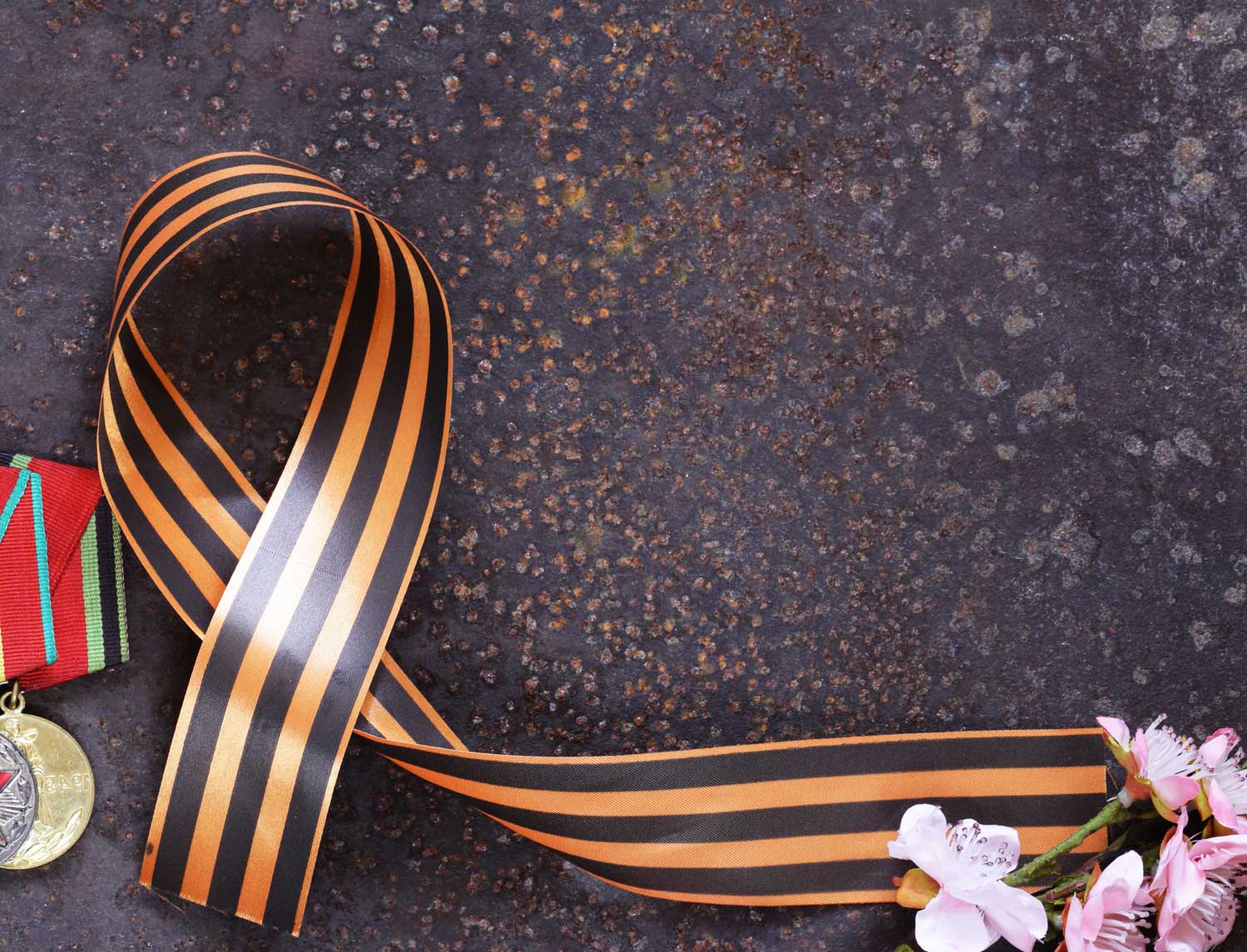
Commemorating Ribbon Skirt Day
Today, January 4th, 2023, is the first Ribbon Skirt Day in Canada. In December, a bill put forth by Senator Mary Jane McCallum to recognize National Ribbon Skirt Day received Royal Assent. McCallum was inspired by the story of Isabella Kulak, a young Ojibway girl who was shamed for wearing her ribbon skirt during a formal school event in 2021. An educational assistant told Kulak that her skirt did not meet the requirements for ‘formal wear,’ and that she should have worn something store-bought, like the other students.
After she told her family about the incident, her great-aunt made a Facebook post that sparked a wave of support, making her the centre of a movement. People across Canada and as far as Germany and Puerto Rico began sharing photos and videos of themselves wearing their own ribbon skirts and shirts. A march was organized in Kamsack, Saskatchewan, where Kulak goes to school. Women wore ribbon skirts and an Indigenous drumming group performed. Chiefs from surrounding First Nations attended, including Chief George Cote of Cote First Nation, where Kulak is from.
In a statement, Senator McCallum said Ribbon Skirt Day belongs to the community, “specifically, Isabella Kulak, Cote First Nation, and the wider community, both Indigenous and non-Indigenous, who supported its spirit and intent.” McCallum went on to say that, on January 4th, everyone is encouraged to wear regalia that “represents the power of their respective cultures and heritages,” and to wear it with pride. “Doing so will serve to facilitate dialogue, nurture understanding, and promote a more unified and tolerant Canada.”
Ribbon Skirt Day is about raising awareness and advocating for the right of Indigenous Peoples in Canada to practice or maintain their distinctive cultures and traditions. This includes the right to wear a ribbon skirt.
What are Ribbon Skirts?
Ribbon skirts are an expression of Indigeneity. They are traditionally worn for Indigenous ceremonies by women and girls, but have also been used to reflect support for causes such as the crisis of Missing and Murdered Indigenous Women and Girls.
For many, the ribbon skirt is a symbol of resilience.
In 1884, Indigenous ceremonies and ceremonial garments, including the ribbon skirt, were banned by the Canadian government under what was known as the Potlatch Law.
Ceremonies and ceremonial dress wouldn’t be legal again until 1951.
Celebrating Ribbon Skirt Day
The most important part of Ribbon Skirt Day is wearing your ribbon skirt with pride!
If you do not own a ribbon skirt, wear an article of clothing that speaks to your culture and heritage.
Remember: Ribbon Skirt Day is about the fact that everybody has the right to practice or maintain their culture and traditions.
Lastly, take the time to reflect on the ways in which racism and settler colonialism have shaped and continue to shape life in Canada.
What can you do to advance reconciliation and the right of Indigenous Peoples to practice their cultures and traditions?

